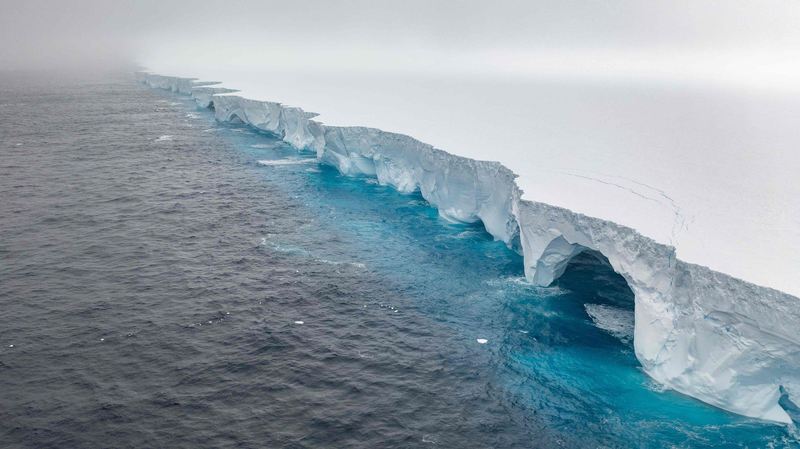A23a: Antarctica’s Vanishing Titan
Nearly 40 years after it calved from the Filchner-Ronne Ice Shelf in Antarctica, the colossal iceberg A23a is breaking into pieces. Once celebrated as the largest and longest-lasting iceberg on Earth, researchers now warn its days are numbered.
Key Points at a Glance
- Calving event: Around 1985 from the Filchner-Ronne Ice Shelf
- Longevity: Held its title for nearly four decades
- Projected disappearance: By the end of November 2025, per China Media Group
For close to 40 years, A23a drifted through the Southern Ocean, capturing the imagination of scientists and explorers alike. Its gradual breakup offers a stark, data-driven snapshot of polar dynamics at work—reminding us how shifting temperatures and ocean currents reshape our planet’s icy frontiers.
As A23a fragments, researchers are racing to map its final journey and monitor the ripple effects on sea levels and marine ecosystems. This is more than a dramatic headline—it’s a live demonstration of Earth in transition, with real-world impact that resonates from G20 boardrooms to classrooms and coffee shops around the globe.
What are your thoughts on A23a’s impending farewell? Join the conversation below and help us track the next chapter in Antarctica’s evolving story.
Reference(s):
cgtn.com



